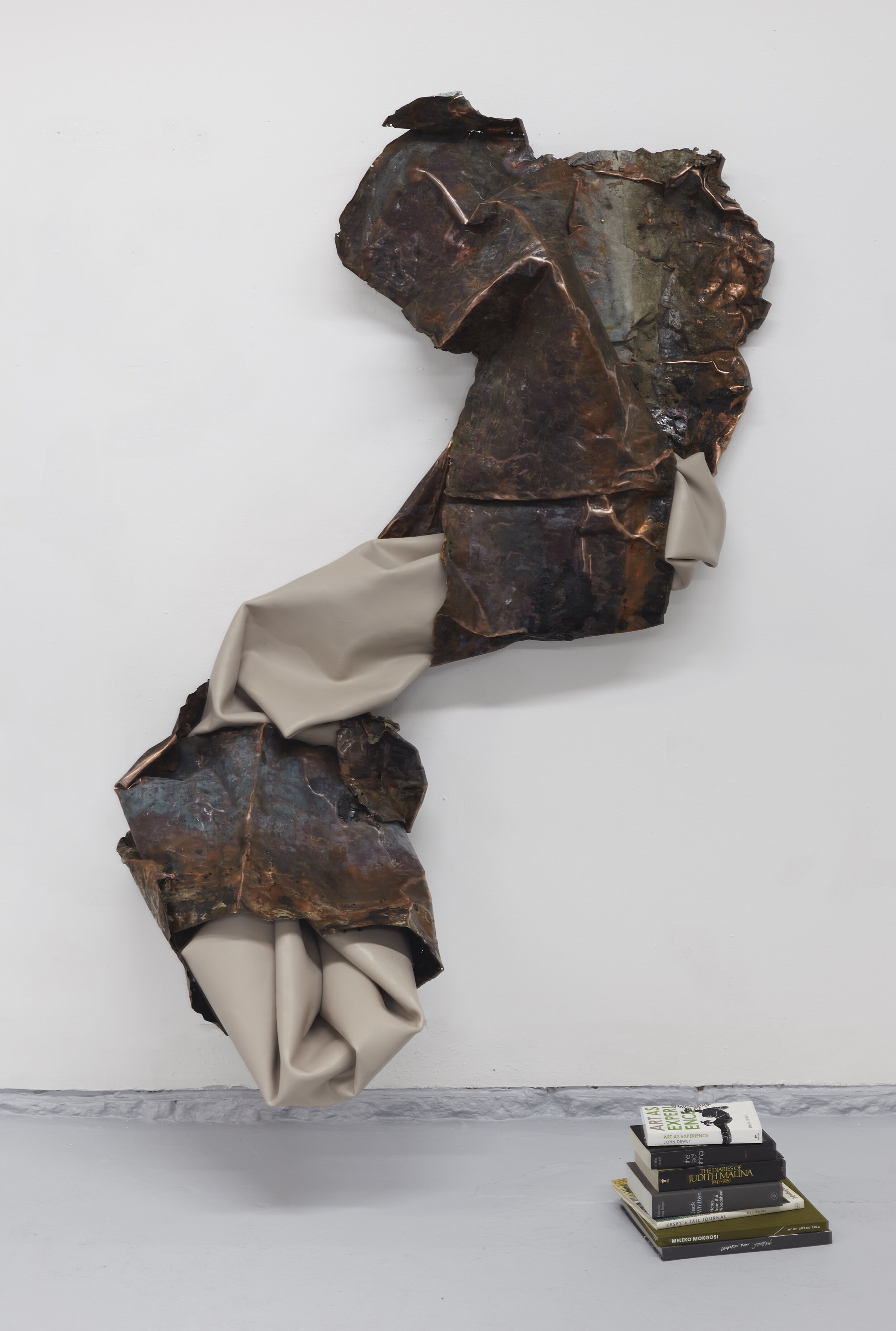Because it’s in my blood, 2o20
Solo exhibition at Poggiali Gallery. Milan, Italy.
Betty Davis was the fierce vanguard of FUNK. Her guttural twang screeched lyrics that spoke suggestively about reality, blasting decency and driving full force into her experiences. She was raw. In her pursuit of music, she never indulged expectations of who she should be as a black woman in a white world; she wasn’t defiant, she was herself. Betty wore what she wanted, talked dirty, liked sex and chose independence in a time when women didn’t see that option; she saw every part of herself and didn’t present it—she owned it. She became a songwriter and songstress alongside peers like Herbie Hancock, Jimi Hendrix and ex-husband, Miles Davis, whom she arguably “put on.” She was a divine light and a true Source, but the indescribable magic of Betty lied in her attitude: Betty censored no part of her—the harsh, the abrupt, the sensual. Betty was Betty, unapologetically, proudly.
In casting aside assumptions of who she needed to be to share her art with the world, she embodied an inner sight that didn’t yield to superficial appearances; her vision valued her own essence in its entirety. This dismissal of, or disregard for, immediate connotations is powerful. It’s something that art continually bucks up against, and confronts in nearly every genre. The surrealists sought to overcome this burden of consciousness with automatism, piercing into the rawest creative material of the subconscious through physical austerities in tandem with free-flowing drawings, writing, or making. This type of exercise in rejecting rationality is in effect discovering a new way of seeing—of learning how to disassociate from restrictive principles. It’s the practice of rejecting what we think we know and trusting an intuitive impulse that not only accesses unfiltered parts of self, but that elicits one’s full expression.
When we muzzle the strange, or the unfamiliar, we deprive ourselves individually and collectively of growth, sensation and possibility. Censorship, particularly now, in this time of revolution and overcoming, is harmful. Shrouding ourselves only ensures that assumptions endure and that our experience is limited; veiling, or leaving out what uniquely completes us--which are both forms of censorship--reifies cultural norms and supports stagnation.
The works of “Because it’s in my blood” stand up to expectations, associations and preconceived notions in the spirit of Betty, the surrealists, and those who continually push to undo human fixity. The copper and paint skin pieces—luminescent bodies with languid, alive material housed within them—invite viewers to intimately examine and reexamine them. They are subversive pieces that demand time and the aforementioned inner sight that’s willing to contend with more than the visible surface of the object: the intention, the process and the experience imbuing the piece. The materials’ flexibility transmutes an essence of evolution and iterative becoming; the pieces are unstable, and continually shifting. In one glance, copper supports the metal, and the paint skins slink away. In another, the paint skins climb within copper cavities. The relationship dynamics are open and undefined, ever-changing. If the viewer looks closely, and feels even more closely, they will sense an unsolvable, unresolvable experience of ambiguity within perception—and will hopefully, be excited by it.


















